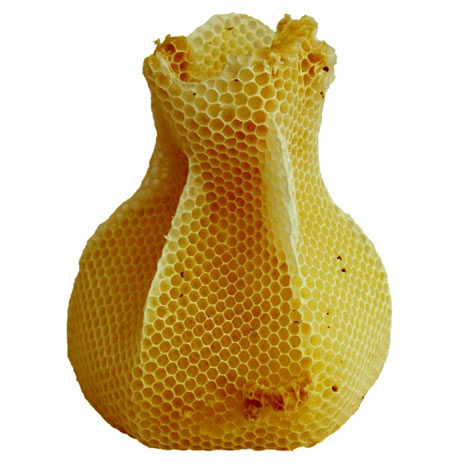
Copy and Authorship by Lucas Verweij
DMY Berlin: eight students of the Weißensee Kunsthochschule Berlin presented copies of work by famous designers at DMY Berlin last week as part of a workshop with critic Lucas Verweij.
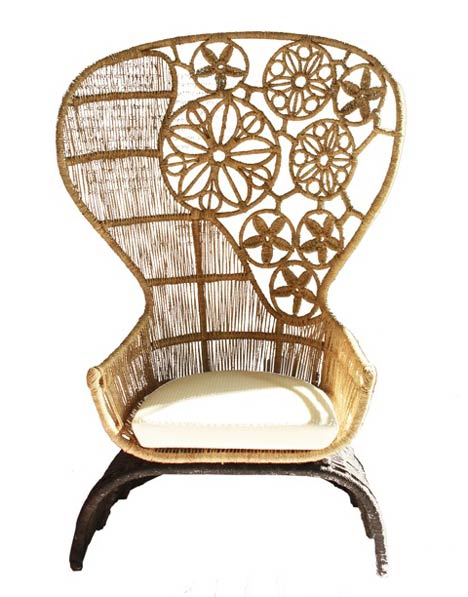
Top: Honeycomb Vase by Studio Libertiny (see our earlier story) copied by Johanna Keimeyer
Above: Crinoline by Patricia Urquiola, copied by Johanna Krysmanski
For the project, called Copy and Authorship, Verweij asked each student to choose a design object they admire and try to create an exact copy.
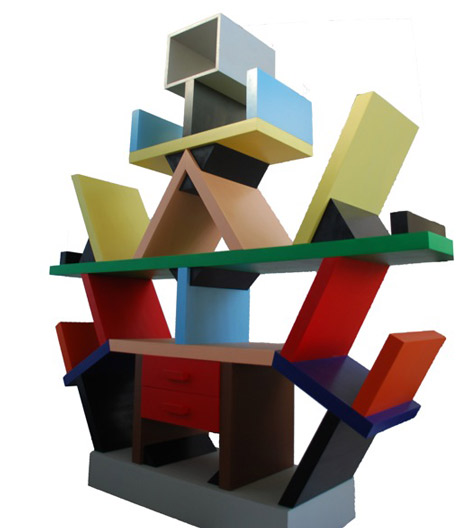
Above: Carlton bookcase by Ettore Sottsass, copied by Evelyn Malinowska
The students copied works by designers including Jurgen Bey, Maarten Baas and Ettore Sottsass, learning to reproduce them exactly before going on to make alterations and additions to the design.
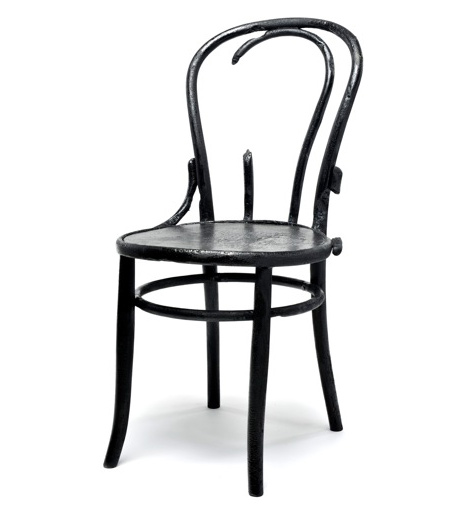
Above: Smoke by Maarten Baas, copied by Josefina Schlie
"What we are doing is the exact same way design was taught a century ago," says Verweij. "Learn from your master, learn by doing. Show your talent by copying. This is a medieval design class."
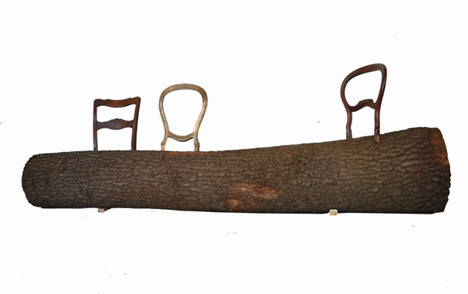
Above: Tree-trunk Bench by Jurgen Bey, copied by Jacob Cranz
DMY Berlin 2011 took place 1-5 June and the theme was Copy/Culture.
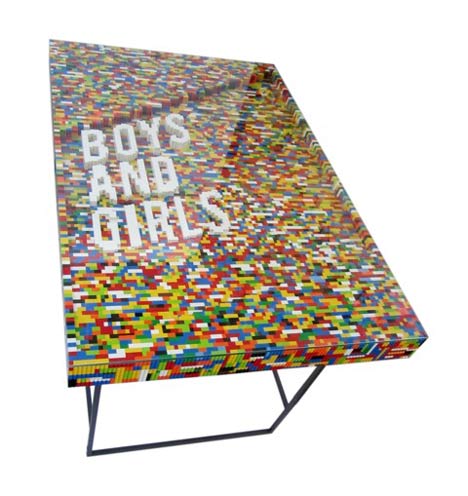
Above: Lego Boardroom table by abgc Architecture & Design, copied by Ludwig Stender
See all our stories about DMY Berlin »
The information below is from Verweij:
With the Hochschule Weissensee I am doing a project with 8 students; here are the students of the project "Copying and Authorship" by Lucas Verweij:
- Hannes Simon (KHB, Produkt-Design)
- Eric Hinz (KHB, Produkt-Design)
- Frederike Wanstrath (KHB, Produkt-Design)
- Evelyn Malinowska (KHB, Produkt-Design)
- Josefina Schlie (KHB, Produkt-Design)
- Jacob Cranz (KHB, Produkt-Design)
- Ludwig Stender (KHB, Textil- und Flächen-Design)
- Johanna Krysmanski (KHB, Textil- und Flächen-Design)
- Johanna Keimeyer (UDK, Produkt-Design)
The students have chosen different designs they very much appreciate. It varies form a century old schreibtisch to a (Jurgen Bey) tree trunk Bench. And from Ettore Sottsass' Carlton to a 10 Watt translucent lightbulb in anonymous holder. From a one-off meeting table (abgc) for a commercial studio to a contemporary classic (Maarten Baas).
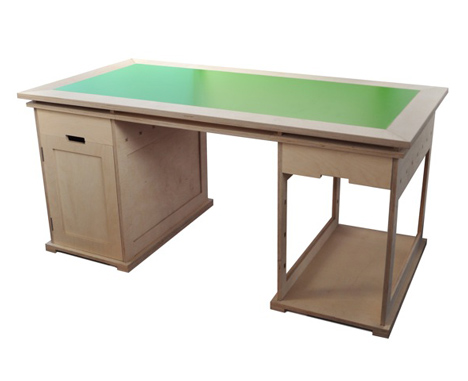
Above: contemporary update of his grandfather's desk by Eric Hinz
The students will first study to be the perfect copiers. The will learn how to (technically) make the object they have chosen. For some this is very complicated (Libertiny, antiques, Bey). For others the research can be more cultural historical (Sotsass, lightbulb).
I have said to the students: you will have to know exactly how has been made, and you must be able, before changing anything, to make a perfect copy. The design decisions later on (to change or modify) are then never taken because they can't.
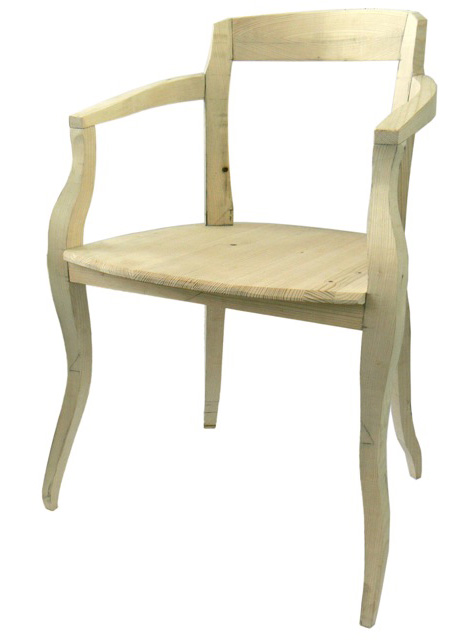
Above: contemporary update of a Biedemeier chair by Hannes Simon
It makes them stronger, wiser and more humble if they really physically and technically can do it. This is only a step in the process: we might throw the end result away, or we might expose it. We do so, because we want to learn how it is made. We want to experience and feel the quality we admire.
Later we will modify, or even redesign. It is not a goal to copy, it is a way: it's in the end a design strategy that is being taught here.

Above: lightbulb, copied by Frederike Wanstrath
We want to know how it feels to copy things we appreciate very much. Is it morally problematic? Do we feel betrayers? When does a design start to feel as our own? Or will that never happen, because we started out copying? Is it hard to change the object in a direction so that it becomes 'ours'?
Making a copy of a living designer (Bey, Baas) feels different from making a copy from a designer that passed away (Sotsass), wich feels different than copying an anonymous designer (lightbulb). Obviously the cultural meaning of a copy varies a lot, depending on status of the original. That is interesting to research for us.

Last but not least: hard to be made objects, with very specific techniques are in a natural way better protected than easy to copy pieces. Will the students with the harder to copy pieces have less moral problems? Because the imitation process is more of true learning proces?
We will only know by doing, and that is what we are doing.
I have informed all designers to explain the context of the project. So far they were all ok with it: Jurgen Bey saw his copied piece live and met the student.